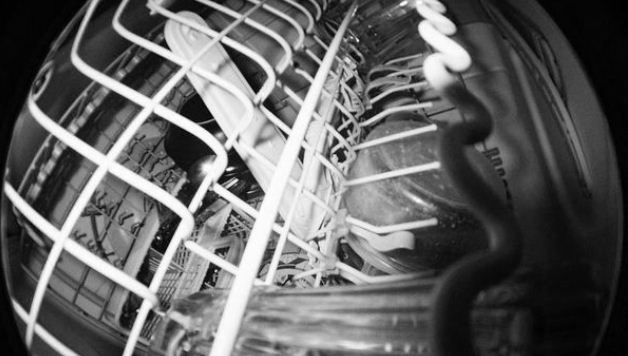On 25 July 2012, the EC alleged that Danish pharmaceutical company Lundbeck violated EU antitrust rules by colluding to prevent other pharma companies from marketing generic versions of its best-seller antidepressant, citalopram. Lundbeck is alleged to have:
- made direct payments to its competitors;
- purchased generic stock for destruction; and
- guaranteed profits in distribution agreements
in order to delay the release of generic citalopram. Regulators in both Europe and the US are stepping up their objections to these ‘pay-for-delay’ agreements.
Lundbeck has responded in a media release stating that it is “cooperating fully in the Commission’s investigation” and that “it is confident the allegations made by the Commission should be rejected as groundless.”
In March 2012 it looked like pay-for-delay activity was slipping down the EC’s priority list (read our post here). However, five days after announcing the case against Lundbeck, the EC also issued a Statement of Objections to French pharmaceutical company Servier with similar allegations Servier had entered into pay-for-delay agreements and had acquired competing technologies “as part of a comprehensive strategy” to delay generic versions of its cardiovascular drug perindopril into the market.
Across the Atlantic, the pursuit of pay-for-delay deals continues with a recent challenge in the US Court of Appeals. On 16 July 2012, in In re: K-Dur Antitrust Litigation the Court decided that pay-for-delay agreements can amount to an unreasonable restraint of trade, even where the agreement does not extend beyond the life of a patent. This is a step further than the EC’s position – Lundbeck’s alleged pay-for-delay arrangements relate to expired patents and Servier’s drug is about to reach the end of its patent protection.
Under the Australian Competition and Consumer Act, pay-for-delay deals between pharma companies may potentially contravene the cartel prohibitions or the prohibition on anticompetitive agreements. However, we’re yet to see a similar case come before an Australian court. Learn more about the Australian position in our update here.
It’s not all bad news though. At the same time as announcing its case against Lundbeck, the EC published details from its third patent settlement monitoring report. The proportion of “potentially problematic settlements” detected by the EC has dropped to 11% from 21% in 2009, though total annual number of concluded settlements monitored by the EC has increased by 500%.
We will keep you posted on the EC’s next moves.
By Wayne Leach and Monique Nymeyer








